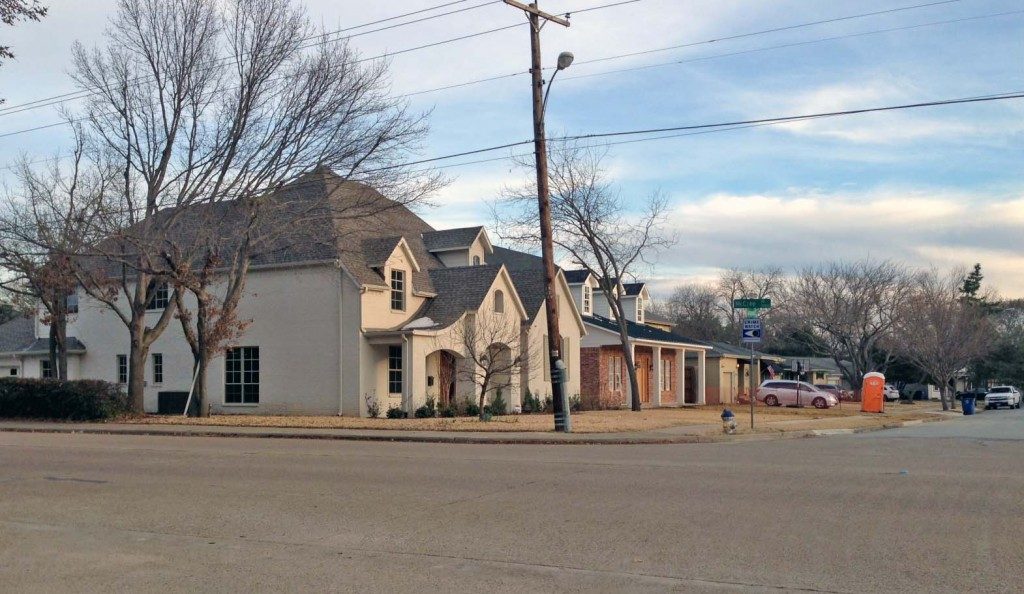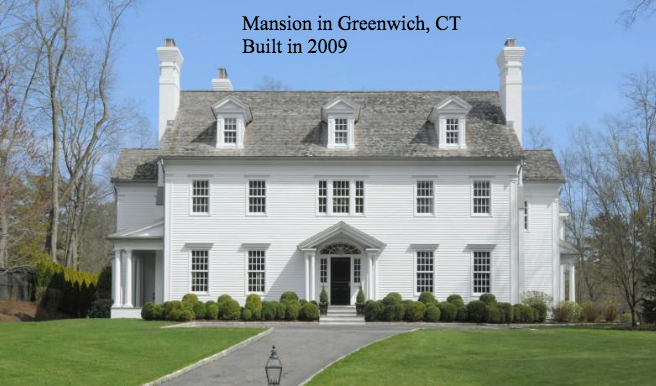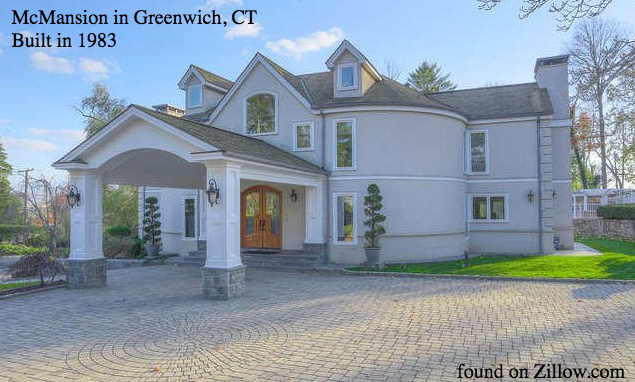When you live in a neighborhood with million-dollar homes popping up, as Advocate magazine readers know we do, you are sure to encounter a few monstrosities.
So-called McMansions became more prolific in the years before the real estate bubble busted, and they were the impetus for the implementation of conservation districts and real estate overlays — zoning laws in residential areas to prevent oversized, out-of-neighborhood-character houses — that became especially popular (and contentious) in East Dallas.
Lake Highlands hadn’t really started seeing McMansions at that time, or at least we did not seem to see them as a problem.
But here’s how one White Rock area resident described the trend of new homes in a more-recent Advocate story:
“The aesthetics of the neighborhood changed over the years, but not as drastically as the last two years. There is this impression with the new generation that if it’s old, it’s not worth a damn.”
But just because a home is new, even if it is big, giant even, doesn’t make it bad, doesn’t make it a McMansion. In fact, those neighborhood homes pushing $1 million might just be regular old mansions.
I can tell what I personally, and what some people I have spoken with do not like in a house (faux balconies, eternal flames, zero lot lines …) but let’s leave it to the real architectural pundits to educate us about what constitutes good design and what is a dreaded McMansion (and no, commenter from 2014, I do not find it to be an old term).
Of course all design and aesthetics are somewhat subjective, but, there are certain principles and fundamentals.
There exists a Tumblr blog called “mcmansion hell” that explains, in architectural terms the principles that make a house a McMansion.
It is educational and funny. For example, the “Choice of Materials” principle:
New Traditional houses tend to be clad in materials that reflect the specific styles they are trying to emulate. These are often masonry such as high quality brick or stone, and wooden shingles or siding.
McMansions on the other hand, tend to be clad in many different materials, often all at once, applied to the exterior as if they were wallpaper. Typical McMansion exterior claddings include manufactured stone veneers, stucco board (EIFS), vinyl siding, and imitation wood such as HardieBoard.
And there are pictures, funny pictures.
McMansion Hell on Tumblr, of course, is not the last word on good or bad architecture, but I did contact its author to ensure we are dealing with someone with some measure of education and authority. Her name is Kate (withholding last name because she asked me to), and she has been an architectural journalist/essayist for about seven years.
She’s a graduate student in Architectural Acoustics, a joint program between Johns Hopkins University and Peabody Conservatory (which requires a Bachelor’s degree in architecture), and she says McMansion Hell is her first public endeavor.
Source: mcmansionhell









